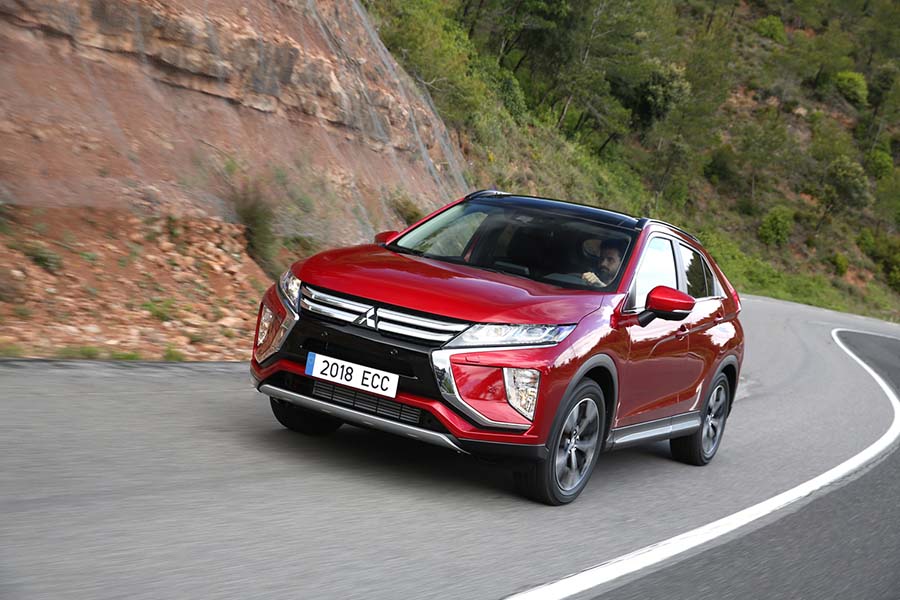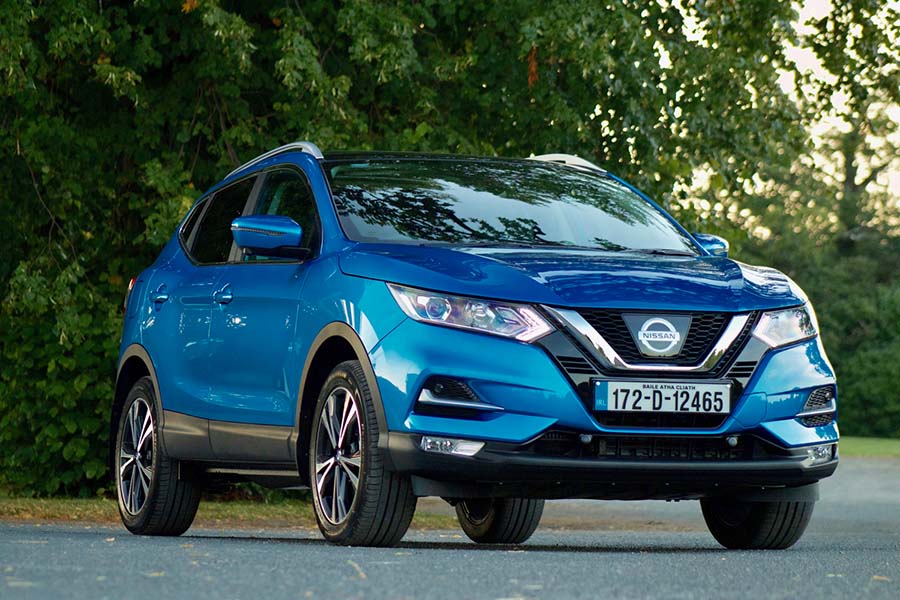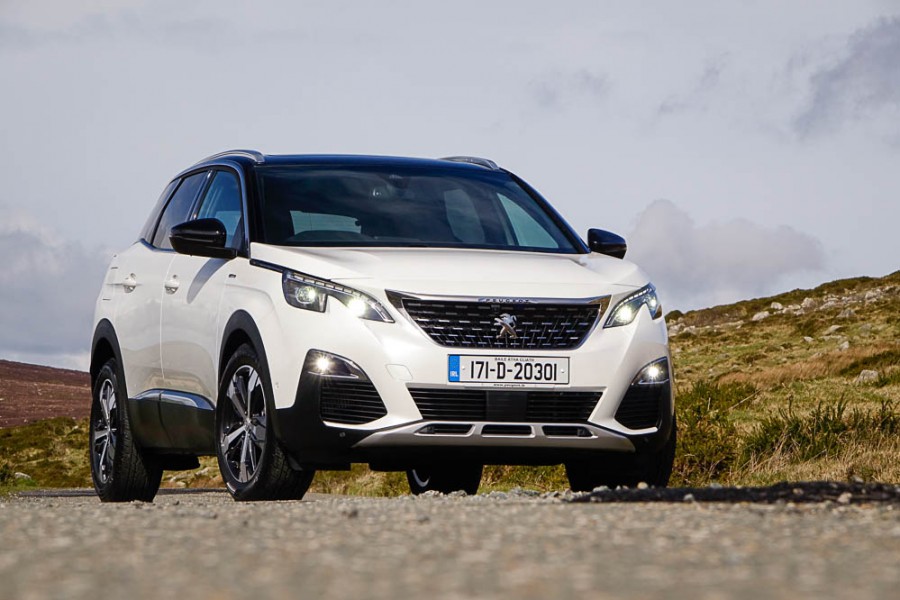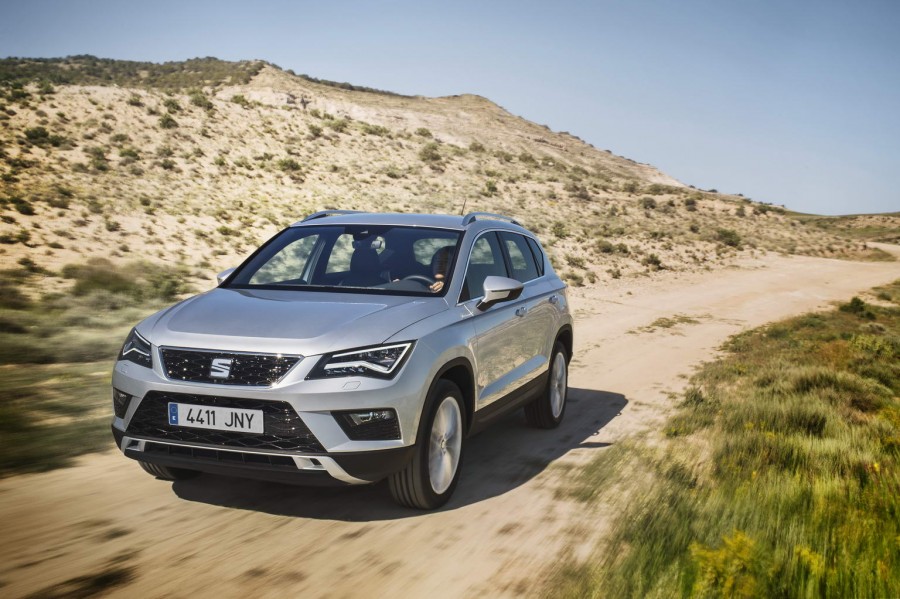The new Mitsubishi Eclipse Cross marks a turning point for the Japanese company. It's the first new model to emerge under the Renault-Nissan-Mitsubishi Alliance, though admittedly its development was all but completed prior to the deal happening. Nevertheless, its design is more contemporary and inside there is a big step up in quality over recent Mitsubishis.
In the metal
Skip back to the 2015 Geneva Motor Show and you may remember the XR PHEV II Concept from Mitsubishi. It was pretty futuristic looking in comparison to what it was making back then. While concepts do get watered down by the time they reach production, the new Eclipse Cross has clung on to some of the more important design elements that inspired the original show car. And it's fair to say that, compared to the rest of Mitsubishi's current line-up, it looks pretty advanced.
The Eclipse Cross has a silhouette that is coupe-like without being overtly sporty, like a BMW X4 or Mercedes-Benz GLC Coupe. Despite that, Mitsubishi has retained an acceptable level of functionality within this new SUV, and wisely so.
There's a family resemblance to the Outlander PHEV around the front, although the overall design and headlights look sharper. Defined wheelarches give the car a purposeful look, and the deep cut that rises upwards along the side of the car draws your attention to the sloping roof. It's a sporty design, while the rear window is bisected by a body line, similar to the eighth-generation Honda Civic's, although it doesn't drastically impact on rearward visibility for the driver. The shape of the rear end does affect boot capacity, however, which starts from 341 litres when the sliding rear seats are set fully back. Moving them forward by 20 centimetres brings the boot up to 448 litres, but that's still somewhat short of SUV alternatives like the Kia Sportage (491 litres), Peugeot 3008 (591 litres) and SEAT Ateca (510 litres).
If you've been in any recent Mitsubishi model, you'll notice the Eclipse Cross has a much more modern interior and dashboard layout. All versions get a seven-inch touchscreen display that stands on top of the centre console. This system caters for smartphone connectivity, with Android Auto and Apple CarPlay both included. Interestingly, Mitsubishi isn't offering a built-in satellite navigation system, so if you need to get somewhere, you'll have to use the navigation on your connected phone, which is all well and good provided you're setting off from a destination where you already have cell coverage. In time this could be an approach that more car makers take, but for now it could prove a sticking point for some prospective buyers, given that they'll have to eat into their data plans.
Still, the Eclipse Cross has its positive points. The doors wrap around the base of the sills, which means that you're always getting in or out around a clean, dry surface, while the elevated driving position provides good visibility, and the side mirrors are generously sized. The clear and easy-to-read dials are joined by a head-up display and the climate functions are simple to use. Beside the drive selector is a touchpad control for the infotainment system, not unlike that found in a Lexus. It's not that intuitive to use, though, so you're just as likely to use the touchscreen instead.
Driving it
Initially, the Mitsubishi Eclipse Cross will only be available with a turbocharged 1.5-litre petrol engine. That will come with either a six-speed manual or automatic CVT gearbox. The latter is what we drove and it replicates an eight-speed transmission through specified steps. If you are gentle with your throttle inputs, then the CVT works well, but sudden overtakes and heavier acceleration reveals the usual differences between CVTs and torque converter automatic transmissions, with higher revs and sluggish acceleration offered by the former.
Mitsubishi will introduce a 2.2-litre diesel engine, but this isn't expected to arrive until the end of 2018 at the earliest. This situation leaves Irish buyers with only the 1.5-litre petrol engine, which isn't the most economical. According to official figures, it will return a combined 6.6 litres/100km in the front-wheel-drive manual Eclipse Cross, and 7.0 litres/100km in this all-wheel-drive CVT variant. In comparison, the 1.4-litre petrol SEAT Ateca uses 5.3 litres/100km and the Peugeot 3008 5.1 litres/100km. Both of these are front-wheel drive, so the Mitsubishi lags behind regardless of transmission.
That aside, the 163hp engine in the Eclipse Cross is smooth and remains refined as the speed increases. If you let the CVT do its thing, then the Eclipse Cross feels brisk enough in everyday situations, and there's enough torque on hand to cruise along comfortably. It's worth noting that the CVT does give the Eclipse Cross a 0-100km/h time of 9.8 seconds, which is half a second faster than the manual version manages.
At motorway speeds, wind noise noticeably picks up once you hit 100km/h. That's because, despite the fact all models apart from the entry-level Invite version are fitted with an acoustically optimised windscreen, this comfort feature is cancelled out by the amount of noise generated by the large door mirrors.
The Eclipse Cross's steering has a natural feel to it and, in general, the car seems responsive to even the smallest of inputs. Our only criticism would be with the suspension set-up, as high-frequency bumps like rumble strips and even cat's eyes can be felt right through the cabin. Otherwise, the ride quality is good, and body control through bends and corners feels positive, with little roll. That sure-footed feeling is aided in this case by the car's Super-All Wheel Control (S-AWC) system.
What you get for your money
From launch, there are three equipment grades to choose from: Invite, Intense and Instyle. The entry-level Invite specification is only available with a manual gearbox and front-wheel drive; it costs €27,900. Among its features are 16-inch alloy wheels, automatic wipers, seven-inch touchscreen display with Bluetooth connectivity, electric windows all-round and cruise control with speed limiter function.
The move up to mid-level Intense trim costs €2,000 extra for the manual, with the CVT automatic costing an additional €2,500. This grade adds 18-inch alloy wheels, electric folding door mirrors, acoustic glazing for the windscreen, eight-spot corner sensors, keyless operation and a gloss black front bumper with chrome detail.
Topping off the range is the Instyle version, starting at €34,900 for the manual and €37,400 for the CVT. Above the other models this gets LED headlights, leather upholstery with heated front seats, Blind Spot Warning, Lane Change Assist, Rear Cross Traffic Alert and upgraded Rockford Fosgate stereo speakers. In conjunction with the CVT, Adaptive Cruise Control is also included.
All new Mitsubishi models come with an eight-year or 150,000-kilometre warranty.
Summary
If you can look past the higher fuel consumption and emissions of the petrol engine that puts it in a higher-than average annual tax band, the Eclipse Cross offers a reasonably refined driving experience. Mitsubishi hasn't been shy about how it equips its latest model either, with even the entry-level version coming with a good level of standard kit. When the diesel engine arrives, we expect the Eclipse Cross to garner even more interest from buyers.







































